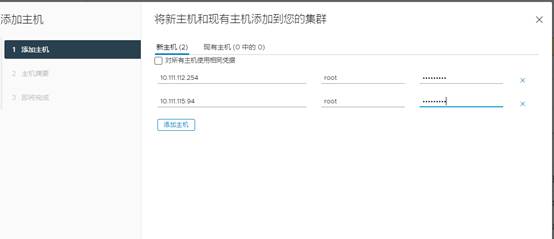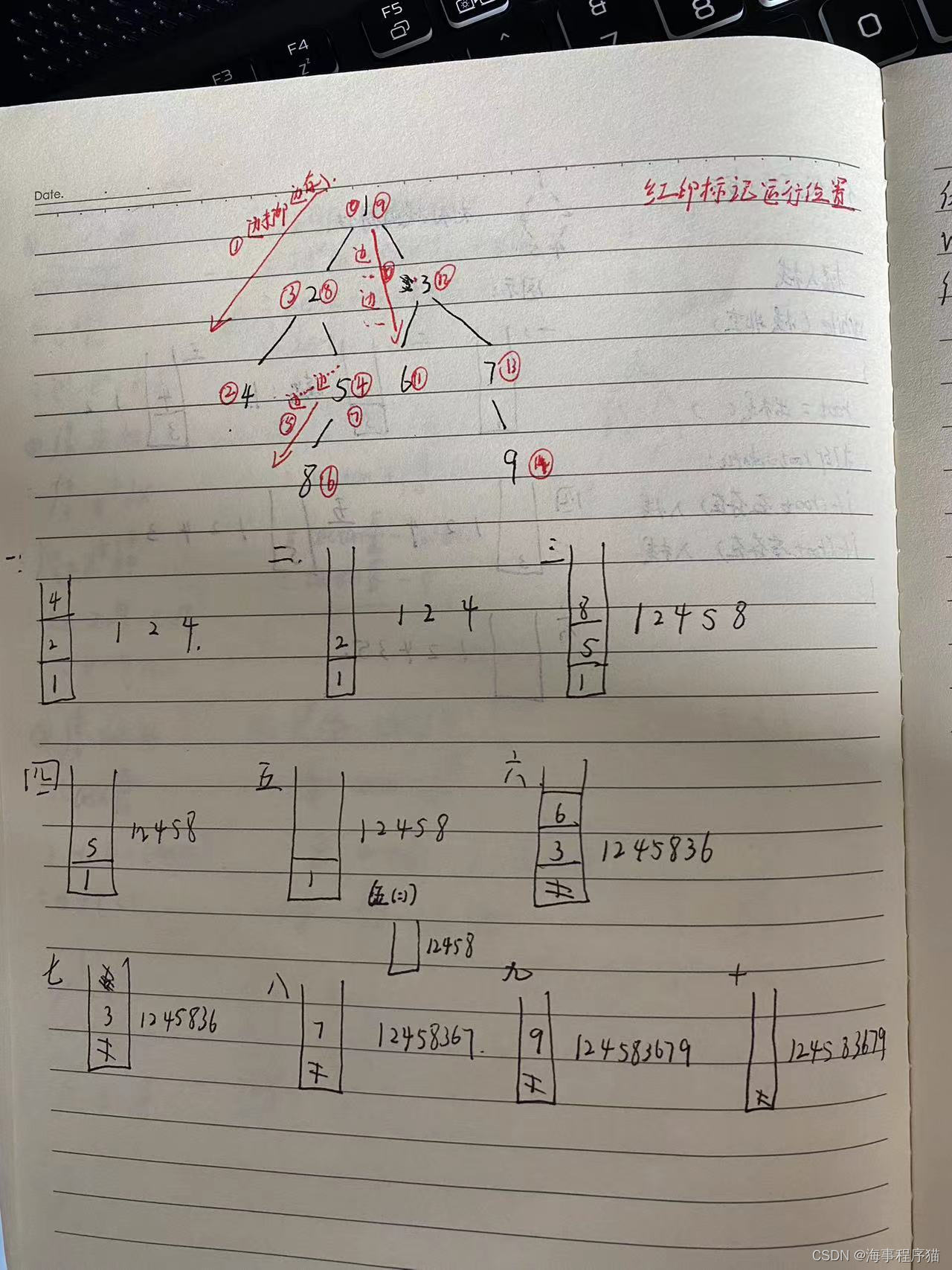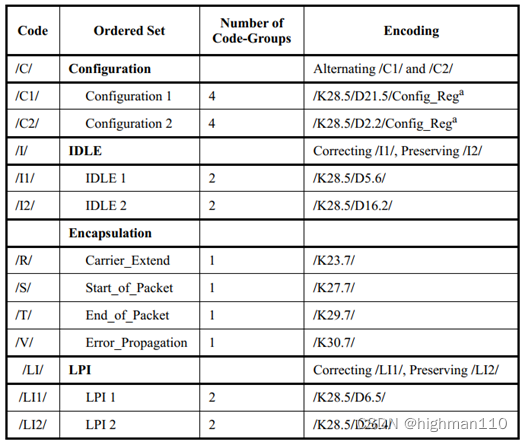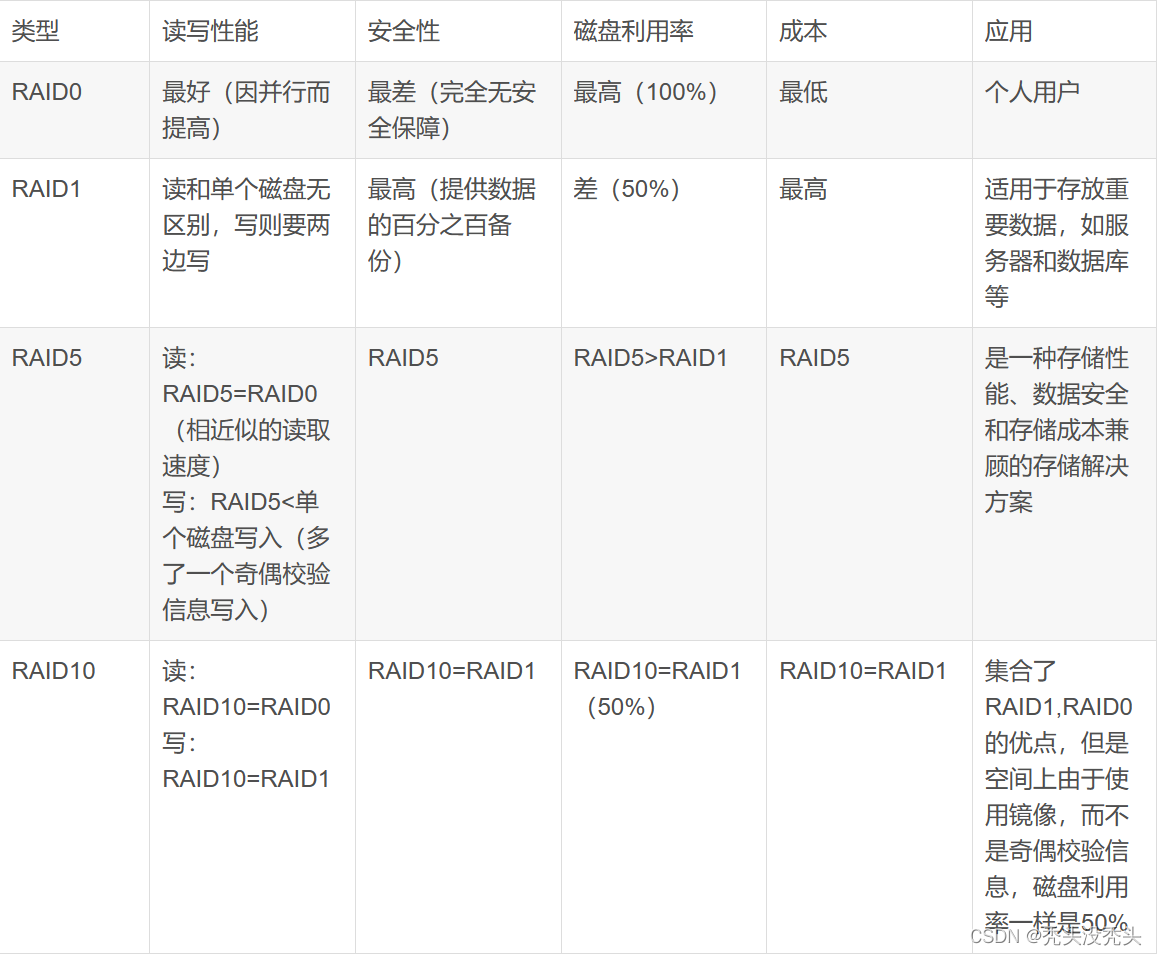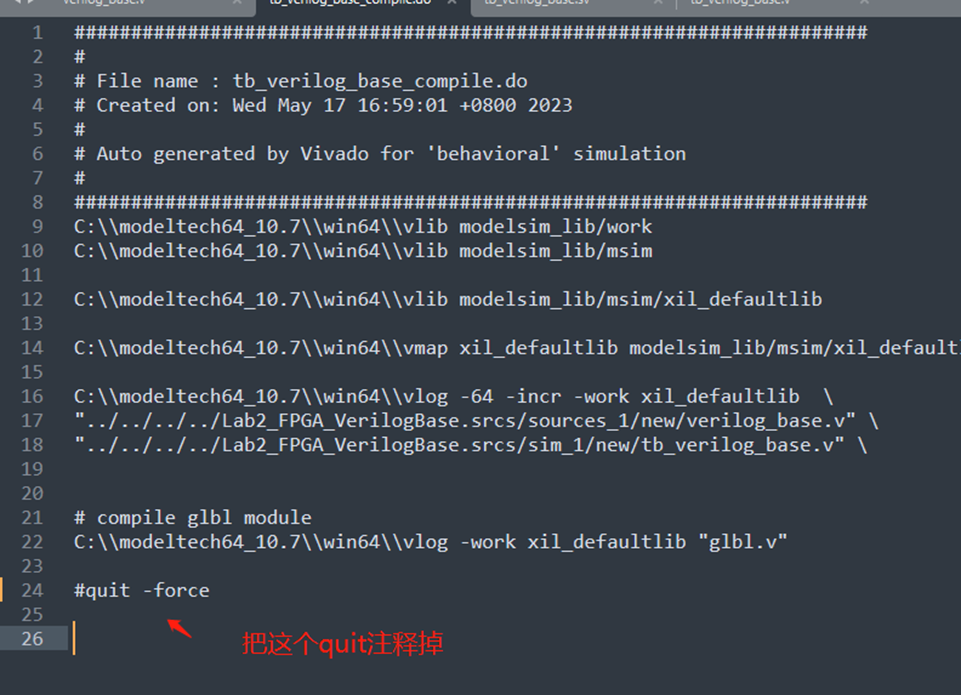文章目录
- 1. Java 异常类层次结构概览图
- 2. Exception 和 Error 有什么区别?
- 3. Checked Exception 和 Unchecked Exception 有什么区别?
- 4. Throwable 类常用方法有哪些?
- 5. try-catch-finally 如何使用?
- 6. finally 中的代码一定会执行吗?
- 7. 如何使用 try-with-resources 代替try-catch-finally?
1. Java 异常类层次结构概览图

2. Exception 和 Error 有什么区别?
在 Java 中,所有的异常都有一个共同的祖先 java.lang 包中的 Throwable 类。Throwable 类有两个重要的子类:
- Exception :程序本身可以处理的异常,可以通过 catch 来进行捕获。Exception 又可以分为 Checked Exception (受检查异常,必须处理) 和 Unchecked Exception (不受检查异常,可以不处理)。
- Error :Error 属于程序无法处理的错误 ,我们不建议通过catch捕获 。例如 Java 虚拟机运行错误(Virtual MachineError)、虚拟机内存不够错误(OutOfMemoryError)、类定义错误(NoClassDefFoundError)等 。这些异常发生时,Java 虚拟机(JVM)一般会选择线程终止。
3. Checked Exception 和 Unchecked Exception 有什么区别?
Checked Exception 即 受检查异常 ,Java 代码在编译过程中,如果受检查异常没有被 catch或者throws 关键字处理的话,就没办法通过编译。
比如下面这段 IO 操作的代码:

除了RuntimeException及其子类以外,其他的Exception类及其子类都属于受检查异常 。常见的受检查异常有: IO 相关的异常、ClassNotFoundException 、SQLException…。
Unchecked Exception 即 不受检查异常 ,Java 代码在编译过程中 ,我们即使不处理不受检查异常也可以正常通过编译。
RuntimeException 及其子类都统称为非受检查异常,常见的有:
- NullPointerException(空指针错误)
- IllegalArgumentException(参数错误比如方法入参类型错误)
- NumberFormatException(字符串转换为数字格式错误,IllegalArgumentException的子类)
- ArrayIndexOutOfBoundsException(数组越界错误)
- ClassCastException(类型转换错误)
- ArithmeticException(算术错误)
- SecurityException (安全错误比如权限不够)
- UnsupportedOperationException(不支持的操作错误比如重复创建同一用户)
4. Throwable 类常用方法有哪些?
- String getMessage(): 返回异常发生时的简要描述
- String toString(): 返回异常发生时的详细信息
- String getLocalizedMessage(): 返回异常对象的本地化信息。使用 Throwable 的子类覆盖这个方法,可以生成本地化信息。如果子类没有覆盖该方法,则该方法返回的信息与 getMessage()返回的结果相同
- void printStackTrace(): 在控制台上打印 Throwable 对象封装的异常信息
5. try-catch-finally 如何使用?
- try块 : 用于捕获异常。其后可接零个或多个 catch 块,如果没有 catch 块,则必须跟一个 finally 块。
- catch块 : 用于处理 try 捕获到的异常。
- finally 块 : 无论是否捕获或处理异常,finally 块里的语句都会被执行。当在 try 块或 catch 块中遇到 return 语句时,finally 语句块将在方法返回之前被执行。
代码示例:
try {
System.out.println("Try to do something");
throw new RuntimeException("RuntimeException");
} catch (Exception e) {
System.out.println("Catch Exception -> " + e.getMessage());
} finally {
System.out.println("Finally");
}
输出:
Try to do something
Catch Exception -> RuntimeException
Finally
注意:不要在 finally 语句块中使用 return ! 当 try 语句和 finally 语句中都有 return 语句时,try 语句块中的 return 语句会被忽略。这是因为 try 语句中的 return 返回值会先被暂存在一个本地变量中,当执行到 finally 语句中的 return 之后,这个本地变量的值就变为了 finally 语句中的 return 返回值。
代码示例:
public static void main(String[] args) {
System.out.println(f(2));
}
public static int f(int value) {
try {
return value * value;
} finally {
if (value == 2) {
return 0;
}
}
}
输出:
0
6. finally 中的代码一定会执行吗?
不一定的!在某些情况下,finally 中的代码不会被执行。
就比如说 finally 之前虚拟机被终止运行的话,finally 中的代码就不会被执行。
try {
System.out.println("Try to do something");
throw new RuntimeException("RuntimeException");
} catch (Exception e) {
System.out.println("Catch Exception -> " + e.getMessage());
// 终止当前正在运行的Java虚拟机
System.exit(1);
} finally {
System.out.println("Finally");
}
输出:
Try to do something
Catch Exception -> RuntimeException
7. 如何使用 try-with-resources 代替try-catch-finally?
- 适用范围(资源的定义): 任何实现 java.lang.AutoCloseable或者 java.io.Closeable 的对象
- 关闭资源和 finally 块的执行顺序: 在 try-with-resources 语句中,任何 catch 或 finally 块在声明的资源关闭后运行
Java 中类似于InputStream、OutputStream 、Scanner 、PrintWriter等的资源都需要我们调用close()方法来手动关闭,一般情况下我们都是通过try-catch-finally语句来实现这个需求,如下:
//读取文本文件的内容
Scanner scanner = null;
try {
scanner = new Scanner(new File("D://read.txt"));
while (scanner.hasNext()) {
System.out.println(scanner.nextLine());
}
} catch (FileNotFoundException e) {
e.printStackTrace();
} finally {
if (scanner != null) {
scanner.close();
}
}
使用 Java 7 之后的 try-with-resources 语句改造上面的代码:
try (Scanner scanner = new Scanner(new File("test.txt"))) {
while (scanner.hasNext()) {
System.out.println(scanner.nextLine());
}
} catch (FileNotFoundException fnfe) {
fnfe.printStackTrace();
}
当然多个资源需要关闭的时候,使用 try-with-resources 实现起来也非常简单,如果你还是用try-catch-finally可能会带来很多问题。
通过使用分号分隔,可以在try-with-resources块中声明多个资源。
try (BufferedInputStream bin = new BufferedInputStream(new FileInputStream(new File("test.txt")));
BufferedOutputStream bout = new BufferedOutputStream(new FileOutputStream(new File("out.txt")))) {
int b;
while ((b = bin.read()) != -1) {
bout.write(b);
}
}
catch (IOException e) {
e.printStackTrace();
}






